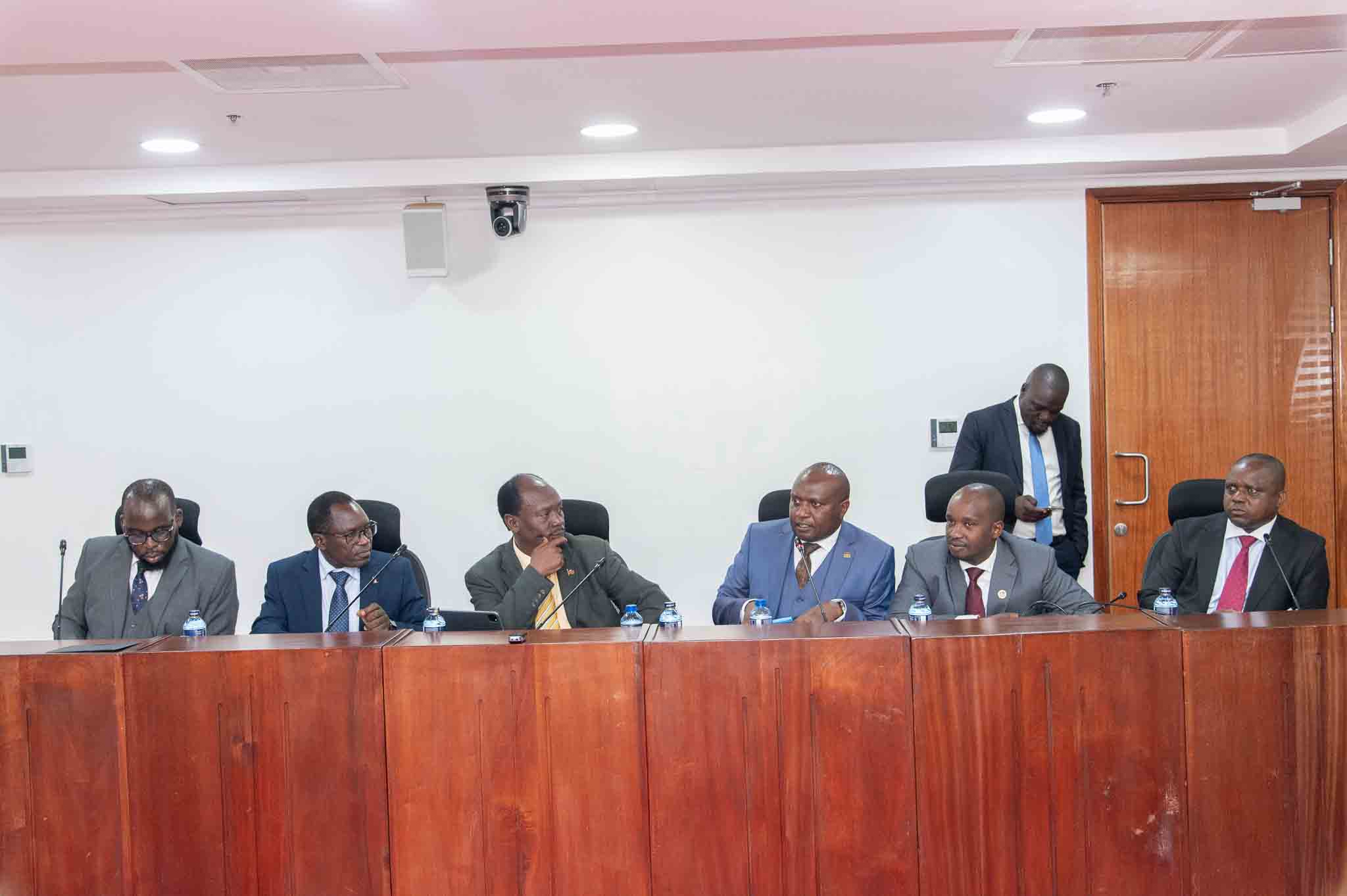
Kabogo, Omwoyo propose stricter accuracy requirements in new Media Code » Capital News
NAIROBI, Kenya, July 3 — The Ministry of Information, Communications, and the Digital Economy has proposed far-reaching changes to media regulation, including stricter accuracy requirements and a mandatory time delay on all live broadcasts.
The proposals, contained in the revised Code of Conduct for Media Practice, 2025, were presented to the National Assembly’s Committee on Delegated Legislation, chaired by Ainabkoi MP Samuel Chepkonga on Thursday.
The revised code, anchored in the Media Council Act, was introduced jointly by ICT Cabinet Secretary William Kabogo and Media Council of Kenya (MCK) CEO David Omwoyo.
The proposals, which seek to repeal the existing regulations that have been in force for 13 years, recommend the introduction of a minimum seven-second delay for all live broadcasts.
The measure is designed to prevent the real-time airing of material that may violate the code, including hate speech, obscenities, or unverified information.
“The seven-second delay is to give editors the discretion to decide whether the content is suitable for airing,” Omwoyo told the committee.
The revised code comes in the wake of recent controversies over live streaming of protests, particularly during the nationwide demonstrations marking the one-year anniversary of the June 25 Gen Z protests.
“You realize it went on for a while as long as it was peaceful, but when the violence became too much, the responsible committee advised that a lot of violent content was being aired, very close to children. It was for that purpose that it was switched off—not for any other reason,” said CS Kabogo.
Context-based labeling
Under the new regulations, journalists must verify all claims and label graphics, photographs, and videos with clear metadata—such as dates, locations, and context.
However, this requirement has raised concerns about its practicality during live coverage.
Editors will also be held personally accountable for any published or broadcast content, including advertisements, that contravenes the new code.
“When we were interrogating this at the Ministry, I was made to understand that the media was part of these deliberations. So, it’s a document we won’t joke with,” Kabogo added.
“The main reason was that some of the violent content was aired during the watershed period when children were watching.”
The code also calls for clear distinctions between factual reporting and opinion, swift correction of inaccuracies and editorial independence from advertisers, sponsors, or political actors.
It further proposes isual and verbal warnings before airing distressing content and a ban on publishing disturbing images unless anonymized and justified in the public interest.
Omwoyo cited questionable coverage trends, particularly by entertainment segments.
“We’ve asked media houses to stop airing stories about wagangas (traditional healers) who allegedly ‘release’ people stuck together in lodgings. It’s not a coincidence that they often show up with branded T-shirts and visible phone numbers,” he said.
“There are also people who’ve been ‘miraculously healed’ 14 times, appearing on TV again and again—surely, we must ask: hasn’t this person been healed too many times?”
Publication restrictions
One of the more contentious proposals is a clause restricting the publication of legally protected documents—a move some lawmakers say could stifle investigative journalism.
Omwoyo defended the provision, stating such safeguards are standard in media law and are part of journalism training curricula.
He also clarified that journalists would still be protected under the revised code, even if they fail to obtain comment from individuals mentioned in stories—as long as they make reasonable efforts to do so.
The committee was also briefed on new obligations regarding the use of artificial intelligence (AI) in journalism.
MCK proposed mandatory human editorial oversight on AI and full disclosure when AI tools are used in creating or modifying editorial content
Omwoyo maintained that the revised code is aimed at addressing emerging challenges, particularly those arising from digital content, AI-generated misinformation, and the need to protect vulnerable groups.
“The revised code aligns with current realities in the media industry and seeks to strengthen ethical journalism,” he said.
Curtailing the press
However, the proposals have drawn criticism from several MPs, who warned that the regulations could curtail media freedom.
Kathiani MP Robert Mbui questioned the feasibility of requiring journalists to verify statements made by public officials at live events.
“The regulation says the media must verify statements made in public before publication. If I say something at a rally, the journalist must verify it first? I believe the media should report what I say, not vet it. This seems like an attempt to muzzle the media in subtle ways,” Mbui said.
Gichugu MP Robert Gichimu, the committee’s vice-chair, also raised concerns over requirements for journalists to preserve evidence of efforts to contact individuals mentioned in stories and to use quotation marks in headlines containing allegations—provisions he warned could criminalize routine reporting.
CS Kabogo and Omwoyo, however, defended the process, stating that the code was the product of extensive stakeholder consultations, including input from journalists, editors, and media organizations.